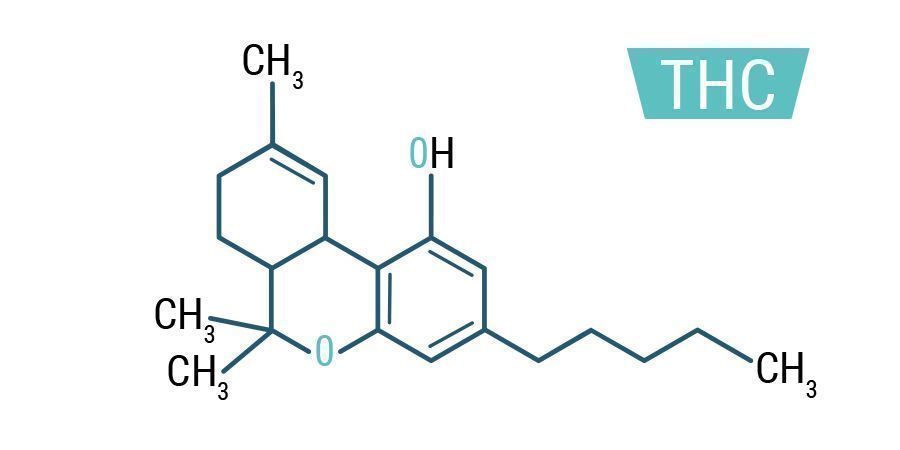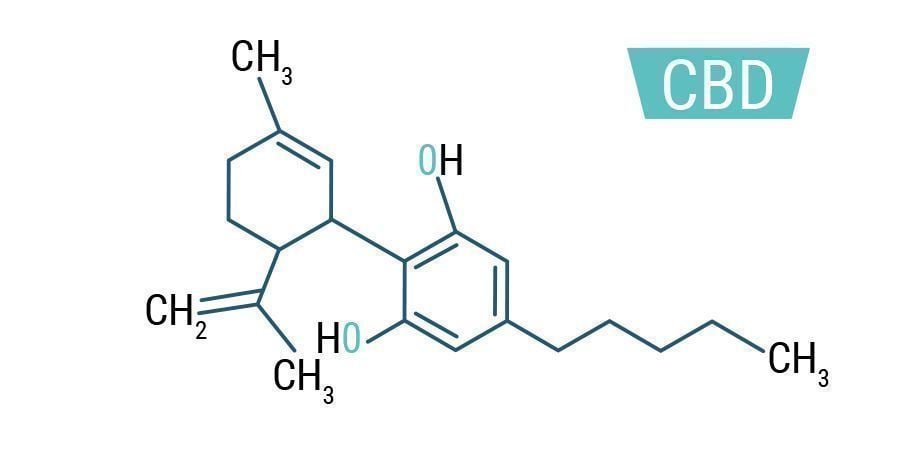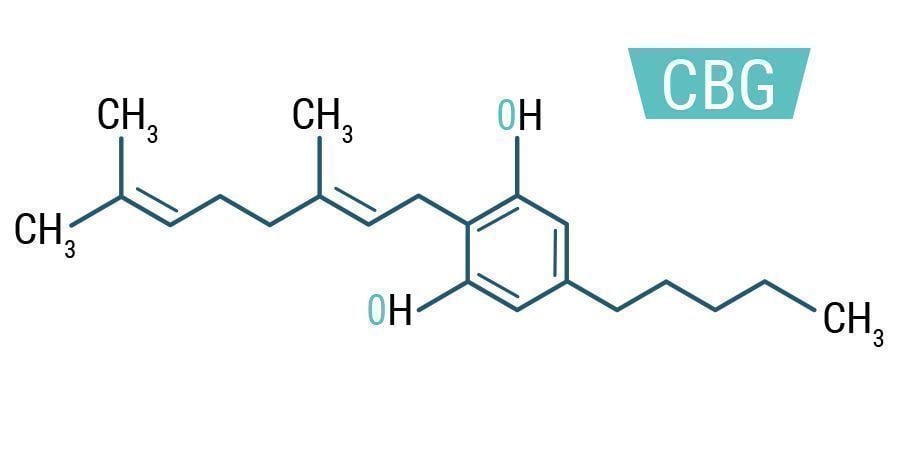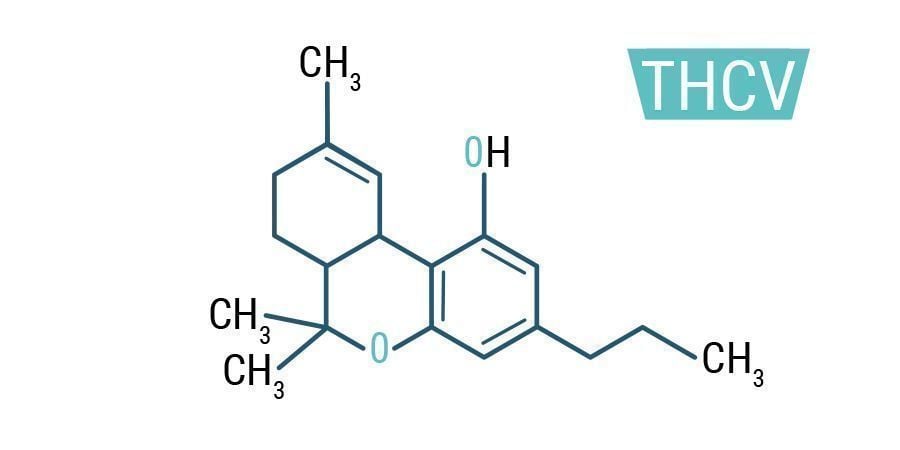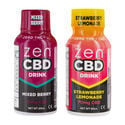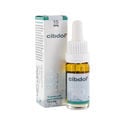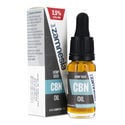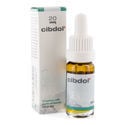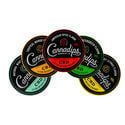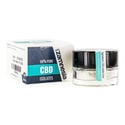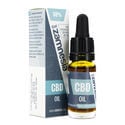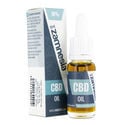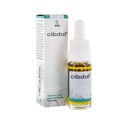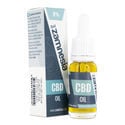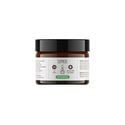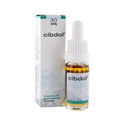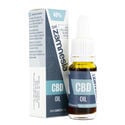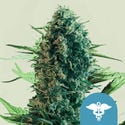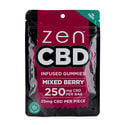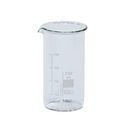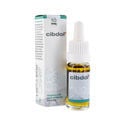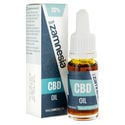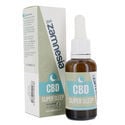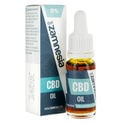-
Seedshop
-
Feminized
Cannabis seeds -
Autoflowering
Cannabis Seeds -
Regular
Cannabis Seeds -
F1 Hybrid
Cannabis Seeds -
CBD
Cannabis Seeds -
Zamnesia
Cannabis Seeds
-
Top 10’s
- Top 10 Feminized Seeds
- Top 10 Autoflowering Seeds
- Top 10 Regular Seeds
- Top 10 USA Cannabis Strains
- Top 10 Zamnesia Seeds
-
Favourites
- Beginner Strains
- Below 1% THC
- Classic Cannabis Strains
- Cup Winners
- F1 Hybrids
- Fast-Flowering Strains
- High CBD Strains
- High THC Strains
- Mix Packs
- Zamnesia Exclusive Collabs
-
-
Headshop
-
Vaporshop
- Spare Parts & Accessories
- AirVape X
- AirVape XS GO (2021)
- Arizer Air MAX
- Arizer Extreme Q
- Arizer Solo 2
- Arizer V-Tower
- Arizer XQ2
- Boundless CFC 2.0 Vaporizer
- Boundless CFX
- Boundless TERA (V3)
- CRAFTY+
- DaVinci IQ2
- DaVinci IQC
- DaVinci MIQRO
- Dr. Dabber Boost EVO
- Dr. Dabber Stella
- DynaVap Omni 2021
- DynaVap VapCap "M" PLUS 2023
- DynaVap VapCap 'M' 2021
- DynaVap VonG (i) Titanium
- Dynavap The "B" Series
- Eagle Bill
- Firefly 2+
- Flowermate Aura
-
Healthshop
-
Smartshop
-
Shroomshop
-
Growshop
-
Seedshop
All CategoriesSeedshop
-
Vaporshop
All CategoriesVaporshop
- Top 10 Vaporizers
- Spare Parts & Accessories
- AirVape X
- AirVape XS GO (2021)
- Arizer Air MAX
- Arizer Extreme Q
- Arizer Solo 2
- Arizer V-Tower
- Arizer XQ2
- Boundless CFC 2.0 Vaporizer
- Boundless CFX
- Boundless TERA (V3)
- CRAFTY+
- DaVinci IQ2
- DaVinci IQC
- DaVinci MIQRO
- Dr. Dabber Boost EVO
- Dr. Dabber Stella
- DynaVap Omni 2021
- DynaVap VapCap "M" PLUS 2023
- DynaVap VapCap 'M' 2021
- DynaVap VonG (i) Titanium
- Dynavap The "B" Series
- Eagle Bill
- Firefly 2+
- Flowermate Aura
- Flowermate Cap Pro
- Flowermate Slick
- Flowermate V5.0S Pro
- G Pen Connect
- G Pen Elite II
- G Pen Micro+
- G Pen Pro
- G Pen Roam
- Hydrology9 Vaporizer
- Hyer Big-E Rig
- MIGHTY
- MIGHTY+
- PAX Mini
- PAX Plus
- PLENTY
- Pax 3 Vaporizer
- Puffco Peak PRO Smart Rig
- Puffco Peak Smart Rig
- Puffco Plus
- Storm Vaporizer
- The Proxy (Puffco)
- VOLCANO CLASSIC
- VOLCANO HYBRID
- Vape-Lifter
-
Smartshop
All CategoriesSmartshop
- Top 10 Smartshop
- Zamnesia Gift Cards
- After Party
- Aphrodisiacs
- Aromatherapy
- Blue Lotus
- CBD Vape Juice
- Capsule Machines
- Crystals, Gemstones & Minerals
- Dream Herbs
- Drug Tests
- Extracts
- Happy Caps
- Herbal Tea
- Herbs & Seeds
- Incense
- Kanna
- Kratom
- LSA Seeds
- Mescaline Cacti
- Microdosing
- Nootropics
- Relaxing
- Salvia divinorum
- Smart Seeds
- Stimulants
- Supplements
- Tinctures
- Vape Herbs
-
TRIBE
All CategoriesTRIBE
- My Membership
- Spend Gift Points
- Exclusive products
- Earn Extra Gift Points
-
TRIBE
- Early Access
- Refer a Friend
- Information
-
TRIBE
-
Language
 United States
United States
Friday, 25 April and Thursday, 01 May 2025*
CBD, THC & CBG - Exploring Cannabinoids
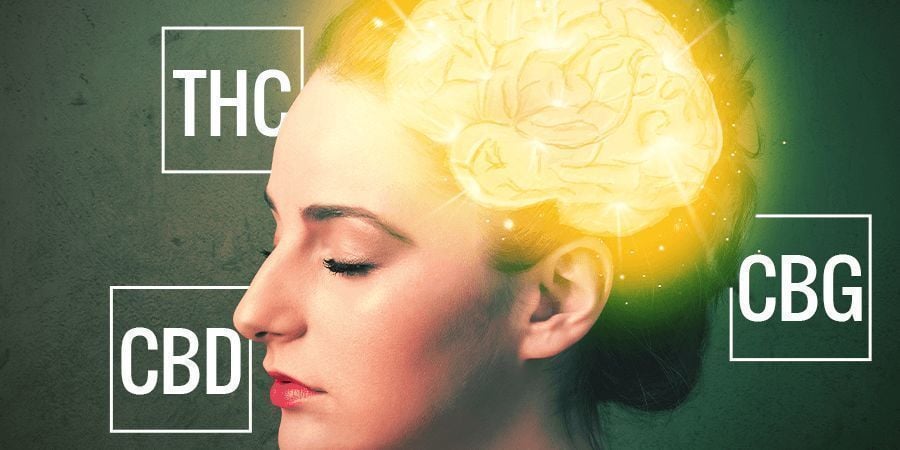
Cannabis contains over 480 active compounds, 80 of which are only found in cannabis. This is a lot of different variables that affect the body, and it partly why there is always new scientific research being published outlining new cannabis discoveries.
The 80 compounds only found in cannabis are known as cannabinoids. These interact with the receptors in our body to induce effects within our nervous system and brain. The below is a brief outline of the 8 major cannabinoids found within marijuana.
THC
This is the most commonly recognized and abundantly found cannabinoid within cannabis; it stands for delta-9-tetrahydrocannibinol. This cannabinoid is responsible to the main psychoactive effect experienced when consuming cannabis, it stimulates parts of the brain causing the release of dopamine – creating a sense of euphoria and well being. THC also has analgesic effects, relieving the symptoms of pain and inflammation. Combined they cause a great sense of relaxation.
View "Top 5 THC Cannabis Strains"
CBD
Cannabidiol, or CBD for short, tends to be the second most abundant cannabinoid in marijuana. It is a non-psychoactive component that is believed to reduce and regulate the effects of THC. This means that strains high in THC and CBD will induce much clearer head highs than more hazy, heady strains containing very little CBD.
CBN
Cannabinol, or CBN for short, is a cannabinoid that is created from the break down of THC through oxidization. It is mildly psychoactive and is only found in small quantities within fresh cannabis plants. It can be kept to a minimum by keeping harvested cannabis stored in a dark, dry place. The effects of THC tend to be preferred to CBN – as CBN is not as strong as THC and can cause grogginess when found in high concentrates. It is also known to relieve pressure behind the eyes.

CBG
CBG, also known as cannabigerol, is an active compound in cannabis. Very recent research has found that, whilst not traditionally though to be very prevalent within most cannabis strains, it is likely to be the “template” or “stem cell” for both THC and CBD. This means that both THC and CBD start out as CBG. CBG has also been found to inhibit the uptake of GABA, this causes a feeling of relaxation that is normally associated with CBD. These findings have spurred new ongoing research into the cannabinoid, meaning it may have even larger implications.
THCV
Tetrahydrocannabivarin, or THCV for short, is thought to be a cannabinoid that moderates the intensity of the psychoactive effects of THC. Current research being conducted into THCV also suggests that it can be used to treat metabolic disorders and act as an appetite suppressant.
CBC
Cannabichromene, or CBC for short, is thought to have anti-inflammatory and analgesic effects, although not much medical research has been conducted into the cannabinoid. Recent research that has been done suggests that it could have a potential role to play in brain cell regrowth.
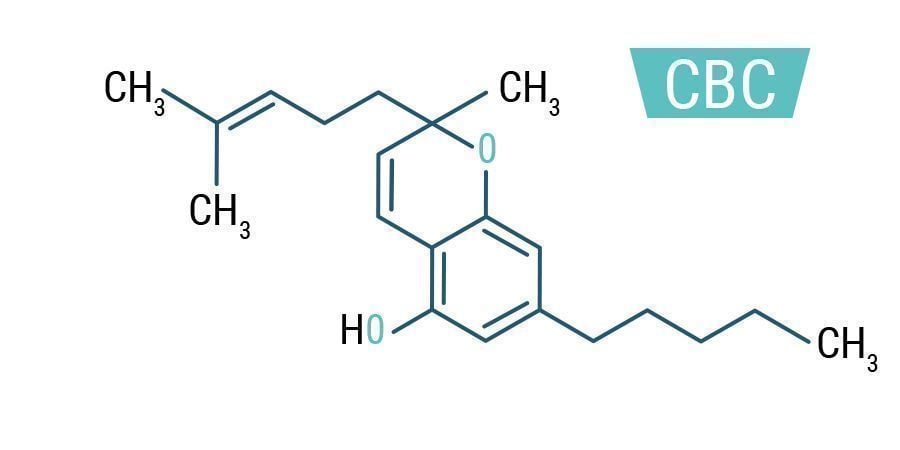
THCA
THCA is the acid form of THC. It is a raw state in which THC can be found in fresh cannabis plants. It is when cannabis is heated that THCA converts to THC. When it is in this raw form, THCA is not considered to be an active compound.
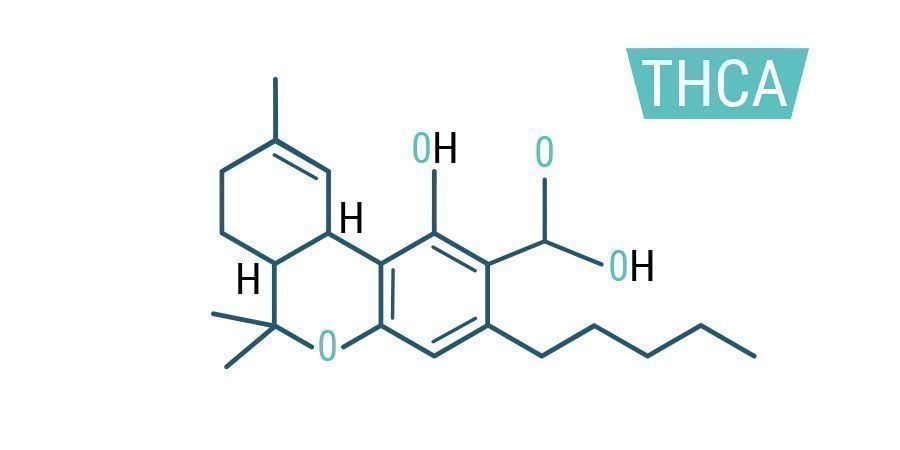
CBDA
Much like THCA, CBDA is the acid form of CBD. It is currently thought to have antimetic (anti-nausea) effects as well as helping to fight breast cancer. However, more research into its medical benefits is needed.
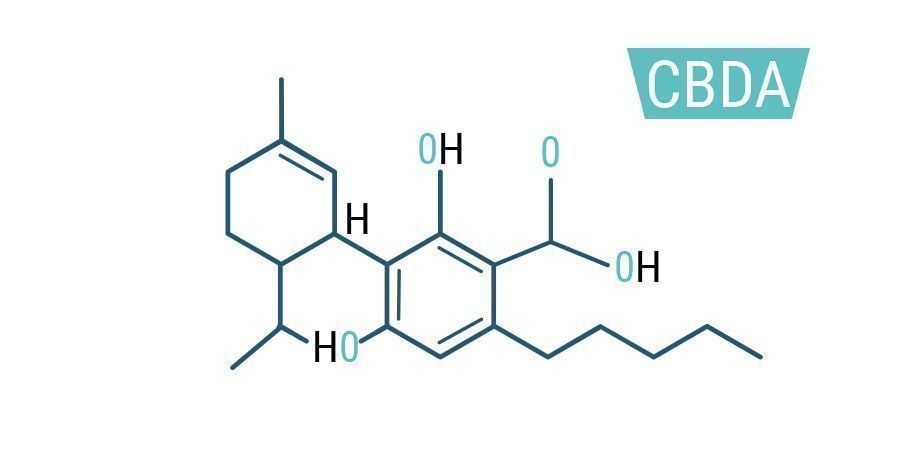

- France
- Germany
- International
- Italy
- Netherlands
- Spain
- United Kingdom
- United States
CBD favorites
-
€ 7,99 € 5,99
-
€ 75,00 € 56,25
-
€ 39,95 € 29,96+23 Extra Gift Points
-
€ 85,00 € 63,75
-
€ 9,99 € 7,49
-
€ 39,95 € 29,96+20 Extra Gift Points
-
€ 119,95 € 89,96+67 Extra Gift Points
-
€ 49,95 € 37,46+28 Extra Gift Points
-
€ 27,50 € 20,63
-
€ 27,50 € 20,63+16 Extra Gift Points
-
€ 49,95 € 37,46
-
€ 115,00 € 86,25
-
€ 139,95 € 104,96+78 Extra Gift Points
-
€ 15,00 € 10,50
-
€ 14,99 € 11,24
-
€ 6,99 € 5,24
-
€ 50,00 € 37,50
-
€ 89,95 € 67,46+50 Extra Gift Points
-
€ 30,00 € 22,50+17 Extra Gift Points
-
€ 74,95 € 56,21+42 Extra Gift Points
Categories
-
Seedshop
- Feminized Cannabis Seeds
- Autoflowering Cannabis Seeds
- Regular Cannabis Seeds
- F1 Hybrids
- CBD Seeds
- Zamnesia Seeds
- Top 10 Autoflowering Seeds
- Top 10 Regular Seeds
- Top 10 USA Cannabis Strains
- Top 10 Zamnesia Seeds
- Top 10 Feminized Seeds
- Beginner Strains
- Below 1% THC
- Classic Cannabis Strains
- Cup Winners
- F1 Hybrids
- Fast-Flowering Strains
- High CBD Strains
- High THC Strains
- Mix Packs
- Zamnesia Exclusive Collabs
- Amnesia Seeds
- Blueberry Seeds
- Cheese Seeds
- Diesel Seeds
- Gorilla Seeds
- Haze Seeds
- Kush Seeds
- Purple Seeds
- Skunk Seeds
- White Widow Seeds
- Zamnesia Seeds
- ACE Seeds
- Advanced Seeds
- Amsterdam Genetics
- Anesia Seeds
- Auto Seeds
- Barney's Farm
- Big Buddha Seeds
- Bomb Seeds
- BSB Genetics
- BSF Seeds
- Buddha Seeds
- Bulldog Seeds
- Cali Connection
- Cannarado Genetics
- CannaBioGen
- CBD Crew
- CBD Seeds
- Compound Genetics
- The Dank Seeds
- Dark Horse Genetics
- Delicious Seeds
- Devil Harvest Original
- Dinafem
- DNA Genetics
- Doctor's Choice
- Dr. Underground
- Dutch Passion
- Elite Seeds
- Eva Seeds
- Exotic Seed
- Expert Seeds
- FastBuds
- Female Seeds
- Fenocan
- Flash Auto Seeds
- French Touch Seeds
- Garden of Green
- GeneSeeds
- Genehtik Seeds
- G13 Labs
- Grass-O-Matic
- Greenhouse Seeds
- Grow Your Own (DNA)
- Growers Choice
- Homegrown Fantaseeds
- House of the Great Gardener
- Humboldt Seed Company
- Humboldt Seed Organization
- Kalashnikov Seeds
- Kannabia
- The Kush Brothers
- Light Buds
- Little Chief Collabs
- Medical Seeds
- Ministry of Cannabis
- Mr. Nice
- Nirvana Seeds
- Original Sensible
- Paradise Seeds
- Perfect Tree
- Pheno Finder
- Philosopher Seeds
- Positronics Seeds
- Purple City Genetics
- Pyramid Seeds
- Rare Dankness
- Reggae Seeds
- Reserva Privada
- Resin Seeds
- Ripper Seeds
- Royal Queen Seeds
- Sagarmatha Seeds
- Samsara Seeds
- Seedstockers
- Sensation Seeds
- Sensi Seeds
- Serious Seeds
- Silent Seeds
- Soma Seeds
- Spliff Seeds
- Strain Hunters
- Sumo Seeds
- Super Sativa Seed Club
- Super Strains
- Sweet Seeds
- T.H. Seeds
- Top Tao Seeds
- Vision Seeds
- VIP Seeds
- White Label
- World Of Seeds
- Zativo Seeds
- Seed Banks
-
Headshop
-
Vaporshop
-
Healthshop
-
Smartshop
- Top 10 Smartshop
- Zamnesia Gift Cards
- After Party
- Aphrodisiacs
- Aromatherapy
- Blue Lotus
- CBD Vape Juice
- Capsule Machines
- Crystals, Gemstones & Minerals
- Dream Herbs
- Drug Tests
- Extracts
- Happy Caps
- Herbal Tea
- Herbs & Seeds
- Incense
- Kanna
- Kratom
- LSA Seeds
- Mescaline Cacti
- Microdosing
- Nootropics
- Relaxing
- Salvia divinorum
- Smart Seeds
- Stimulants
- Supplements
- Tinctures
- Vape Herbs
-
Shroomshop
-
Growshop
- Top 10 Growshop
- Top 10 Plant Seeds
- All Seeds
- Cacti
- Chili & Pepper Seeds
- Companion Plants
- Edible Plant Seeds
- Exotic Seeds
- Flower Seeds
- Fruit Seeds
- Herb Seeds
- Interior Plant Seeds
- Microgreens
- Psychoactive Plant Seeds
- Sprouting
- Vegetable Seeds
- Wellness Plant Seeds
- After Harvest
- Climate Control
- Fertilizer
- Grow Tents
- Harvest, Dry & Cure
- LED Grow Lights
- Plant Seeds
- Propagation
-
Merchandise
-
Sale section
Account
Information
Our Offers
Our website won't work without these cookies activated. Therefore functional cookies can't be disabled.


















